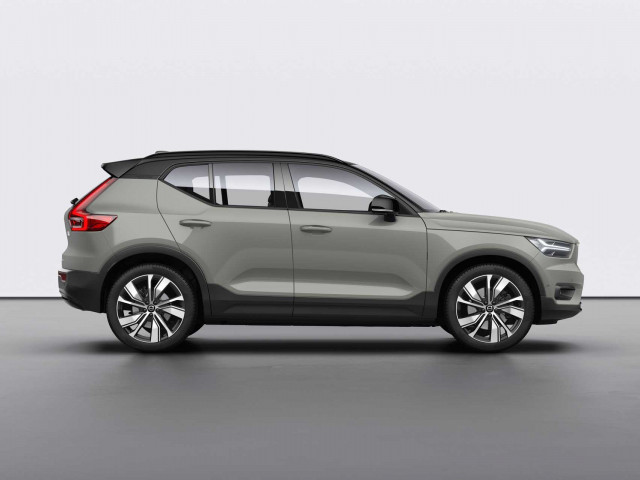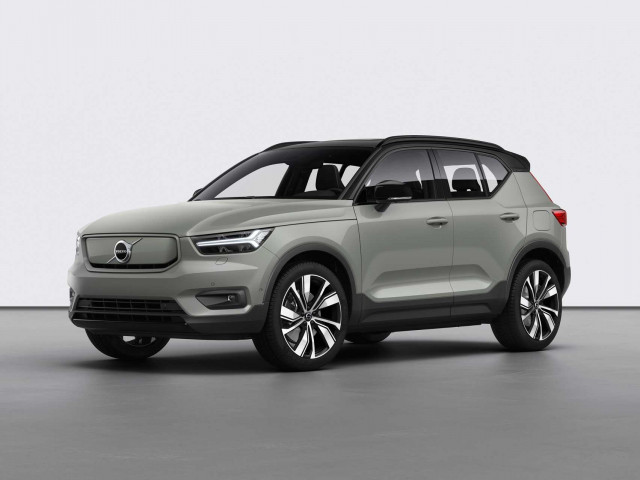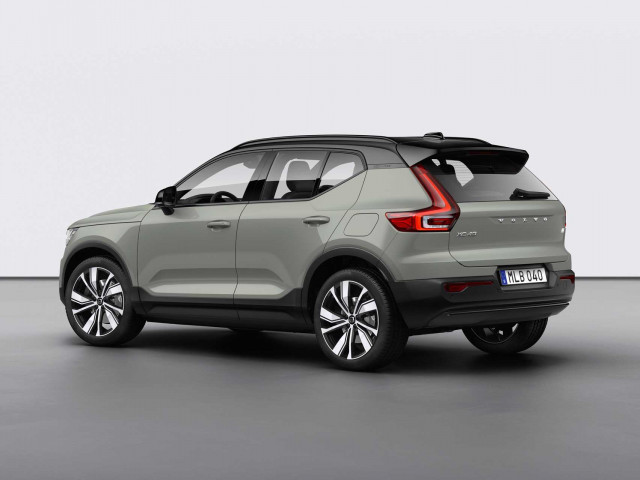There are only three Mine’s Skyline GT-R R34 demo cars and only one was a pure streeter. That car now lives in Australia and we were lucky enough to spend some time with it…
Feature taken from Banzai Magazine. Words and Photos: Chris Nicholls.
I haven’t driven anything that’s better than the Mine’s car at this stage that is suitable for the street. If you thought about building an ultimate car for the road, that’s this car”. So says Simon Ong, manager at V-Spec Performance in eastern Melbourne, where the street version of Mine’s famous R34 GT-R race car now lives. And given his job lets him drive any number of GT-Rs, as well as many other Japanese icons, that’s quite the statement.
Of course, any genuine Mine’s Skyline GT-R R34 is a monster underneath. This one may not look it, but that’s deliberate. Company founder Niikura-san states that “Mine’s cars are designed to look like mildly modified stock cars – that’s the cool part.” Because of course, there’s nothing cooler than a bit of a sleeper. And like any sleeper, it’s what’s under the bonnet that counts. Decades of experience accumulated by Niikura-san and his staff is poured into every Mine’s demo car, and it’s that, more than the parts themselves, that makes the difference. The spec list of a Mine’s RB26 engine, for example, is nothing special. Forged pistons and rods, yes, but the turbos are old-school HKS GT2530s and the cams are only 260° inlet and 252° exhaust. So why does it come on boost hard from just 3,700rpm and run all the way to redline, putting out 600hp and 433lb-ft of torque in 2.6-litre guise along the way? Because it’s built smart, using almost every old-school tuning trick available. Dummy head fit plateau cylinder boring, block and head shaving, cam lobe clearance shaving (due to those otherwise ‘normal’ intake cams having 10.2mm intake lift to maximise flow but minimise vacuum losses), combustion chamber volume matching, valve seat machining, porting and polishing, you name it, it’s been done. And that philosophy applies to the whole car. It’s why Niikura-san can say “our cars are built to lap Tsukuba in under a minute,” and back it up without the massive wings, stripped and caged interiors, or anything else that typifies other Japanese tuner cars.


The funny thing is, as we mentioned at the start, while all this hidden work resulted in immense fame, there were actually three Mine’s Skyline GT-R R34 cars built, not just the two you might know from Best Motoring videos. The famous ones are the 2.6-litre ‘race car’ and the 2.8-litre ‘Matsuno car’, with the racer used in all those Japanese videos, and the Matsuno car (named after original owner Matsuno-san, who paid Mine’s to turn it into a demo car replica) the one shipped to the US to beat the American tuners and smash their lap records. However, Niikura-san also built a street version at almost exactly the same time, and that’s the one you’re looking at right now.


So, what’s the difference between this car and its siblings, and how did it end up in Australia? Well, in terms of exterior changes, there are very few. The white paint, Mine’s RE-mg BBS-made magnesium wheels and most of the carbon aero remains identical to the race car, albeit in silver carbon rather than black, so the only major differences are the lack of canards and change to ZELE International LED tails. Inside, the seats go from a pair of Recaro SP-A buckets to an RS-G SK2 driver’s seat and a SR-6 SK100S passenger seat, while the wheel switches from a Sparco item to a custom leather and Alcantara-trimmed stocker. The gearknob, amusingly, is actually better on the street car, with a Nismo Durocon item instead of the racer’s factory job and, being a streeter, there’s also a Carrozzeria head unit. Mechanically, the only major changes are in the 2.8-litre engine versus 2.6, the suspension, which uses Mine’s ESTA full-Spec Ohlins-based dampers and 11.6kg/mm Eibachs all-round, whereas the racer uses Mine’s ESTA Professional Edition II Dynamic-based dampers with 12kg/mm front and 10kg/mm rear Eibach springs, the clutch, which is a Nismo G-Max Spec II compared to the racer’s Mine’s carbon twin-plate, and the fuel system, which relies on a single Mine’s High-Volume pump, whereas the race car uses two and a swirl pot due to running higher boost pressures. Suspension links, massive eight-piston front Brembos and every other major mechanical component remains the same. As you might expect, that makes it very fast indeed – something Niikura-san says he put to good use on the local touges and expressways in his younger days. Indeed, you can see the evidence in the burnt plastic all the way up the bumper and halfway up the tail light surround – something the current owner intends to leave untouched.


As for why Niikura-san sold such a fun and historically important car and how it ended up in Australia, we’ll let the man himself explain the first part: “If it was my only car, obviously I wouldn’t sell it, and I’ve kept the race car for myself, but there was another car I wanted, and if I held onto every car I owned after buying a new one, I’d be drowning in them. Plus I’m not that rich, and obviously there’s the issue of where to keep them all. I can’t keep a car like that outside, and storage here is at a premium, so I decided to sell it.” In terms of the second owner, his friend Yoshida-san, he kept it lovingly (clearly, given the engine upgrade), but probably because he only added a few thousand kilometres over his four-year ownership period, he eventually sold it to Tokyo-based GT-R specialists Garage 565. This is where current owner Allen Cheng, head of V-Spec Performance in Melbourne, comes in. Apparently, Simon says that “one of us saw it on the 565 Facebook page and we went to Allen and said ‘This car’s for sale. You need to go get it’, and thanks to knowing the guys there from prior purchases (V-Spec being one of Australia’s leading GT-R sales and tuning specialists), all it took was a phone call to set things in motion.


Of course, when it did finally arrive downunder, Australia’s draconian car modification laws meant it wasn’t easy to get it on the road, but thanks to some extra work from V-Spec’s Sydney-based compliance workshop, they got it done, and Allen was soon driving it the 900-plus kilometres back to Melbourne. “That was a good test drive for him,” laughs Simon. Apparently, Allen didn’t even mind the extraordinarily tight SPG fixed-back (which literally can’t fit anyone with more than a 30-inch waist) over such a long journey, either. As you might expect, when he did eventually pull into V-Spec after the drive, there was quite a bit of excitement, too.


“We grew up watching this car and its siblings, so as soon as it rocked up, we were like ‘Daaaamn!’ says Simon. “It’s so good and makes all the race car noises, with the clutch rattling and squeaky brakes, which for a normal person would make them think there’s something wrong with the car, but for us car people, we were like, ‘Aww, sounds so good!’” he laughs. Thankfully for him, Simon didn’t have to wait long to drive the car himself, with Allen letting him drive it from his house to the workshop soon after he took possession, something Simon says was an interesting experience, as the road was wet and the Mine’s car was rather different from his own, fairly standard, V-Spec II Nür.


“When I drove it onto the freeway, that boost came on so quickly. It was a bit of a wet day, too, so I was playing around … and dropped from fifth to fourth and you could feel the tyres spinning when the boost kicked-in. It was so unfamiliar to have the boost come on that quickly that I wasn’t sure if the wheelspin had actually happened at first, but then I came off the freeway and I wanted to see what the boost was like in the first couple of gears on a side street and it came on so quick, it definitely span the tyres. I thought I was imagining it on the freeway, but no, the boost kicked in so hard and so quick, I couldn’t believe it. I thought ‘I can’t believe I’m driving this car!’.”


Unsurprisingly, the reaction from local petrolheads has been one of similar excitement. While there is a replica in Sydney, this is the only true Mine’s car in the country, and once fans learn it’s the real deal, Simon says they go nuts: “A lot of people know all about it. Many of them question whether it’s a replica, and when you tell them it’s real, they’re blown away and start taking photos and selfies with it,” he laughs. “It’s just the aura, I guess. It’s certainly amazing.” Even more amazingly, while it currently serves as a second demo car for V-Spec, Allen also uses it as an occasional daily driver and Simon says there are even plans to take it to a few track days. In a world where many collector cars never get driven, that’s refreshing to hear. We’ve no doubt that Niikura-san himself would approve.
Tech Spec: Mine’s Skyline GT-R R34
Engine:
Full Mine’s 2.8-litre engine Stage II with Tomei forged pistons and conrods, Mine’s cam gears, Mine’s 260° inlet/252° exhaust cams (10.2mm lift inlet/9.5mm lift exhaust), cam lobe clearance machining, strengthened valve springs, PBB valve guides, Beryllium valve seats, valve seat machining, valve refacing, porting and polishing, combustion chamber volume matching, shaved head, metal head gasket, strengthened crank bolts and head studs, counterweighted crank with WPC surface treatment, balanced pulleys, shaved block, dummy head fitted plateau cylinder wall honing, Nismo strengthened oil pump, strengthened timing belt, Mine’s oil pan baffle, Mine’s triple flow cam cover baffle plate, Nismo intake manifold, Nismo thermostat, NGK spark plugs and N1 water pump, HKS GT2530 turbos, Mine’s Big Capacity 270l/h fuel pump, Mine’s SPL brass radiator, Mine’s silver carbon radiator shroud, Mine’s air scoop, Mine’s VX air filter, Mine’s carbon air filter duct, aluminium catch can, Mine’s Super Outlet Pro 2 outlet pipe, Mine’s Front Pipe Pro Titanium, Mine’s Super Catalyser II, Mine’s Silence VX Pro Titanium muffler, HKS intercooler and Mine’s VX-ROM. Nismo G-Max Spec II twin-plate clutch, Cusco Type RS front differential, Mine’s carbon propshaft, Nismo 3.9 LSD.
Chassis:
10.2×18 -18 Mine’s RE-Mg BBS-made magnesium wheels with 265/35 Bridgestone Potenza RE-71R tyres, Mine’s ESTA Full-Spec Suspension coilovers (Ohlins base) with remote reservoirs and 20-step adjustability, Eibach springs (11.6kg/mm f&r), Mine’s ESTA Sports Link kit, Mine’s swaybars, Mine’s titanium strut tower bar, Brembo eight-piston calipers (f) and four-piston calipers (r) with 380mm rotors (f) and 340mm rotors (r).
Exterior:
Mine’s carbon front diffuser, Mine’s silver carbon trunk spoiler, Mine’s silver carbon aero mirrors Type II, Mine’s silver carbon rear wing element, Mine’s silver carbon rear wing stays, ZELE International LED tail lamps.
Interior:
Recaro RS-G SK2 fixed-back racing driver’s seat with Sabelt four-point harnesses, Recaro SR-6 SK100S reclining passenger seat, Nismo Duracon black gear knob, Carrozzeria DEH-P760 head unit, HKS Circuit Attack Counter, HKS EVC6 IR boost controller, Mine’s 320 km/h gauge cluster, special order Robson re-trimmed leather and Alcantara stock steering wheel.
















